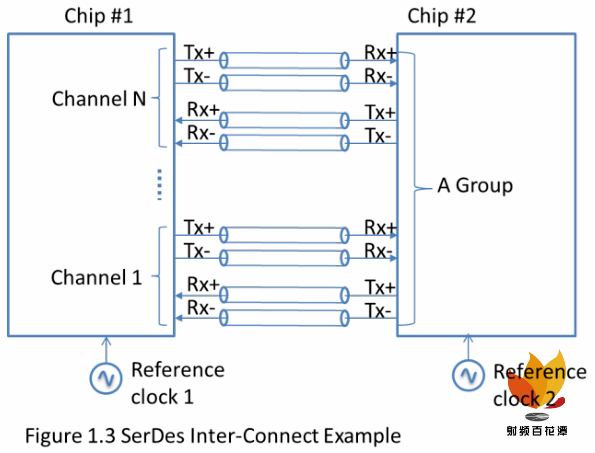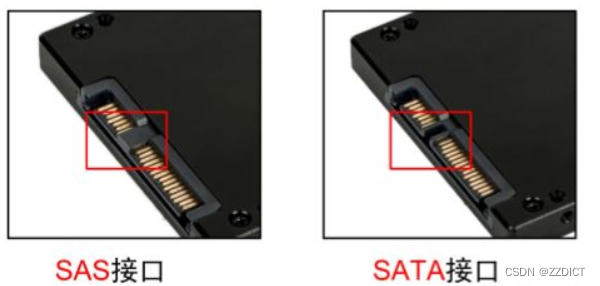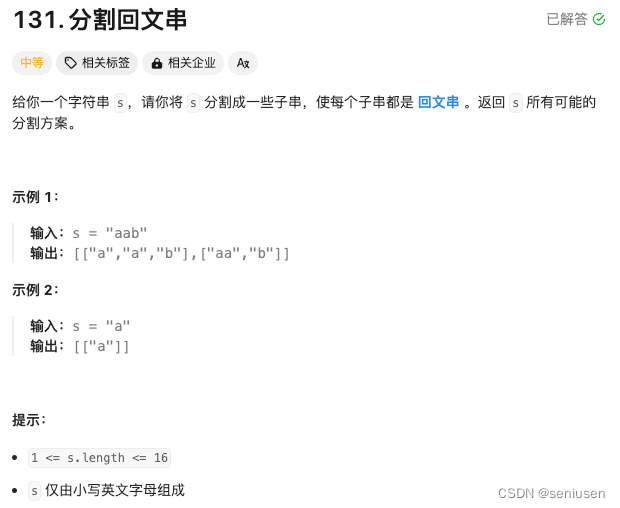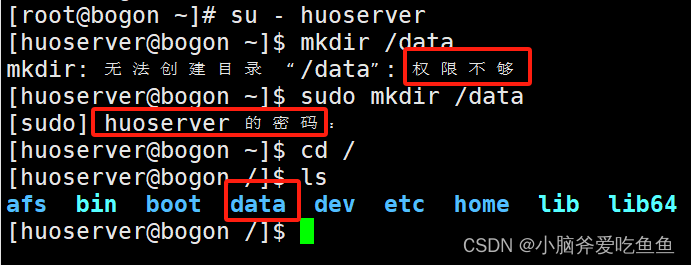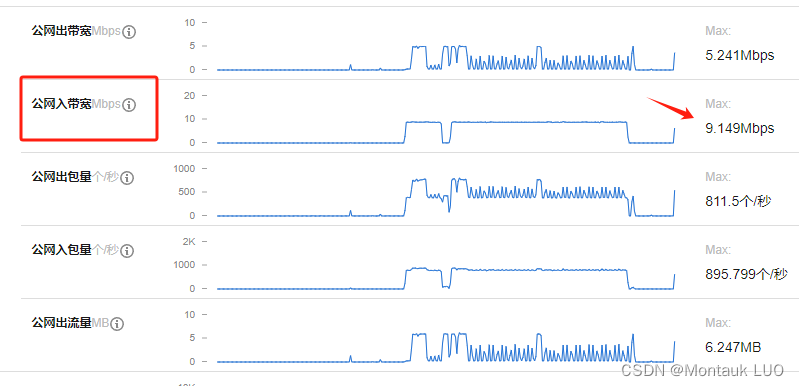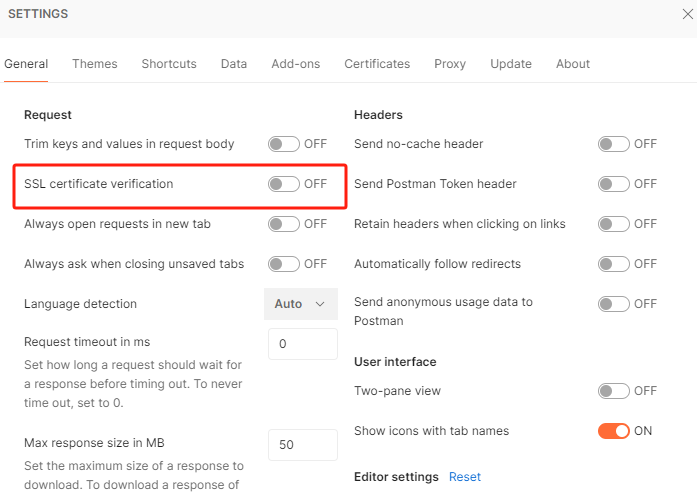
1,合并两个有序链表
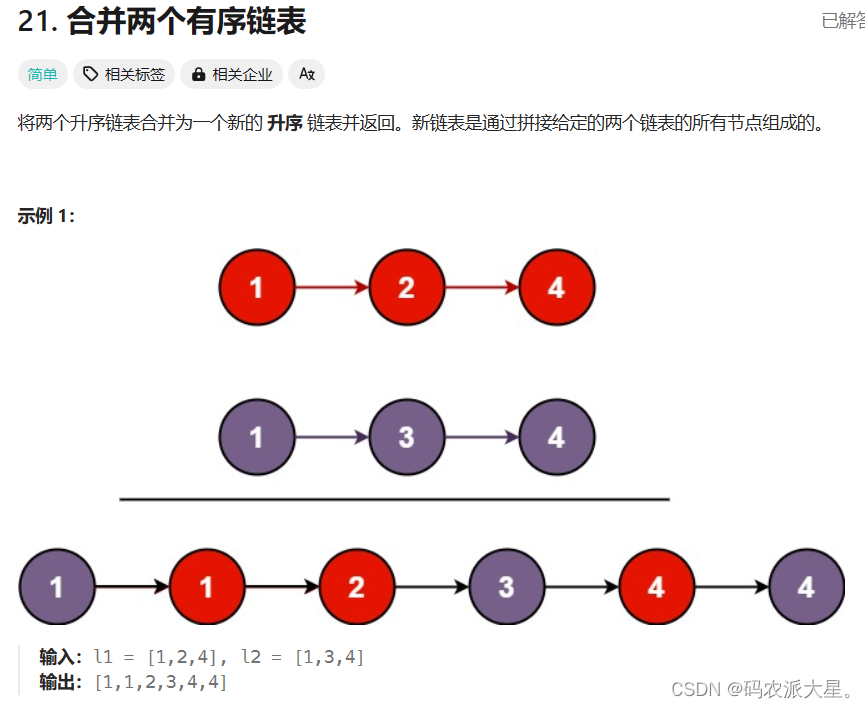
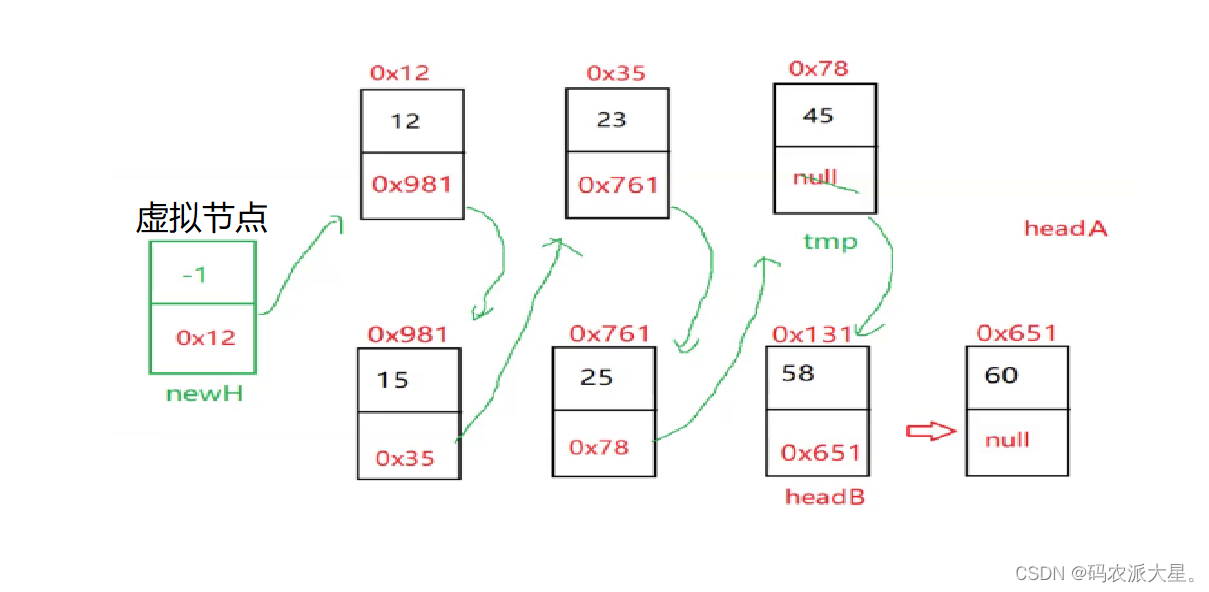

我们先定义一个虚拟节点newH, 然后按照上图所走,但是当其中一个链表走空时,我们只需返回另一个链表即可
class Solution {
public ListNode mergeTwoLists(ListNode headA, ListNode headB) {
ListNode newhead =new ListNode();
ListNode tmp = newhead;
while(headA != null && headB != null){
if(headA.val<headB.val){
tmp.next=headA;
headA=headA.next;
tmp=tmp.next;
}else{
tmp.next=headB;
headB=headB.next;
tmp=tmp.next;
}
}
if(headA==null){
tmp.next=headB;
}
if(headB==null){
tmp.next=headA;
}
return newhead.next;
}
}2,回文链表

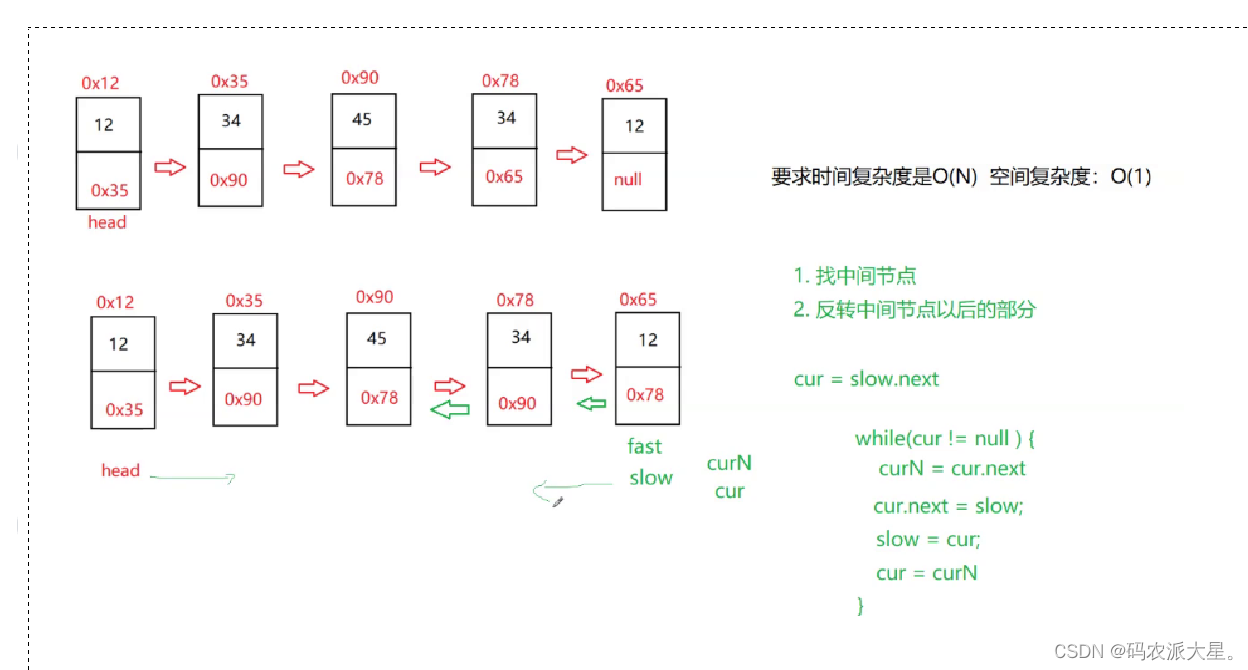
我们第一步先找中间节点,然后翻转中间节点以后的部分,再设置循环让 head= head.next;
与 slow = slow.next;一步一步对比是否一致,一致则证明是回文链表
如果链表为偶数长度则比较head.next ==slow,如果一致则为回文链表
public class PalindromeList {
public boolean chkPalindrome(ListNode head) {
// write code here
if(head == null){
return true;
}
//找中间节点
ListNode fast = head;
ListNode slow = head;
while(fast != null && fast.next!=null){
fast = fast.next.next;
slow = slow.next;
}
//翻转链表
ListNode cur = slow.next;
while(cur !=null){
ListNode curN=cur.next;
cur.next = slow;
slow = cur;
cur = curN;
}
//slow从后往前 head从 前往后 直到相遇
while(head!=slow){
if(head.val != slow.val){
return false;
}
if(head.next ==slow){
return true;
}
head= head.next;
slow = slow.next;
}
return true;
}
}3,相交链表
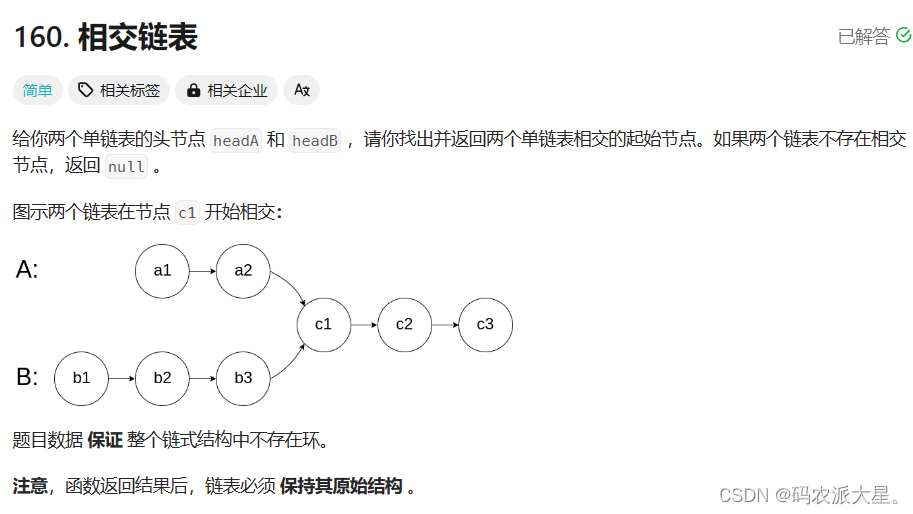
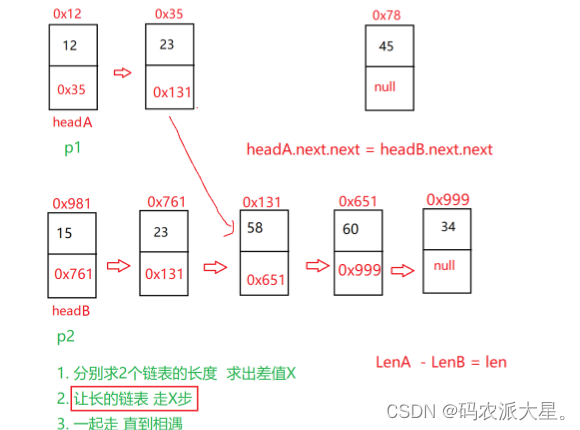
public class Solution {
public ListNode getIntersectionNode(ListNode headA, ListNode headB) {
//假设A链表长
ListNode pl = headA;
ListNode ps = headB;
int lenA =0;
int lenB = 0;
while(pl != null){
lenA++;
pl = pl.next;
}
while(ps != null){
lenB++;
ps = ps.next;
}
//要重新赋值
pl=headA;
ps=headB;
int len = lenA - lenB;
//2,判断len是证书还是负数
if(len <0){
pl =headB;
ps = headA;
len = lenB- lenA;
}
//上述代码走完pl指向最长链表ps指向最短链表
//len一定为正数
//3,让长链表pl走 len步
while(len != 0){
pl=pl.next;
len--;
}
//4,一起走直到相遇
while(pl != ps){
pl = pl.next;
ps = ps.next;
}
if(pl == null){
//如果两个引用都为空 返回null
return null;
}
return pl;
}
}




